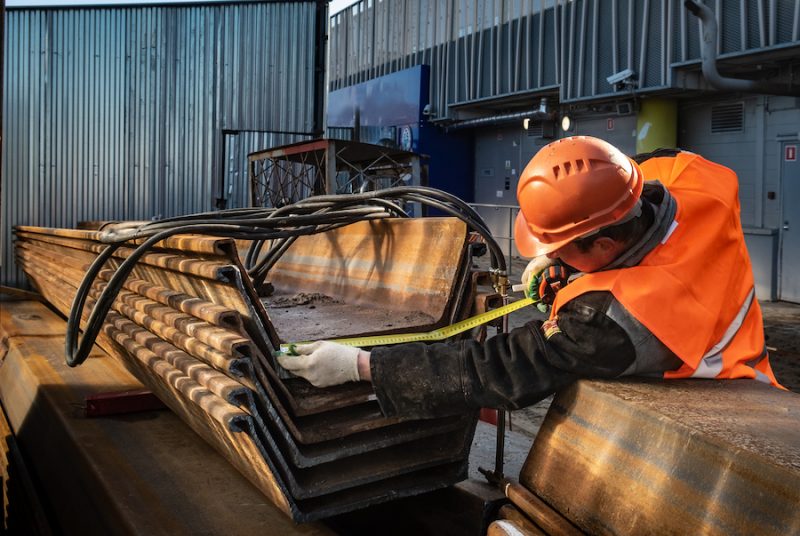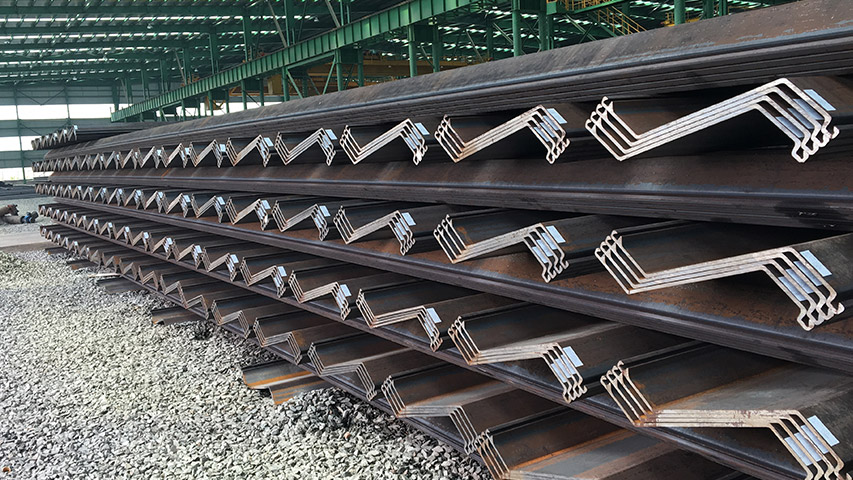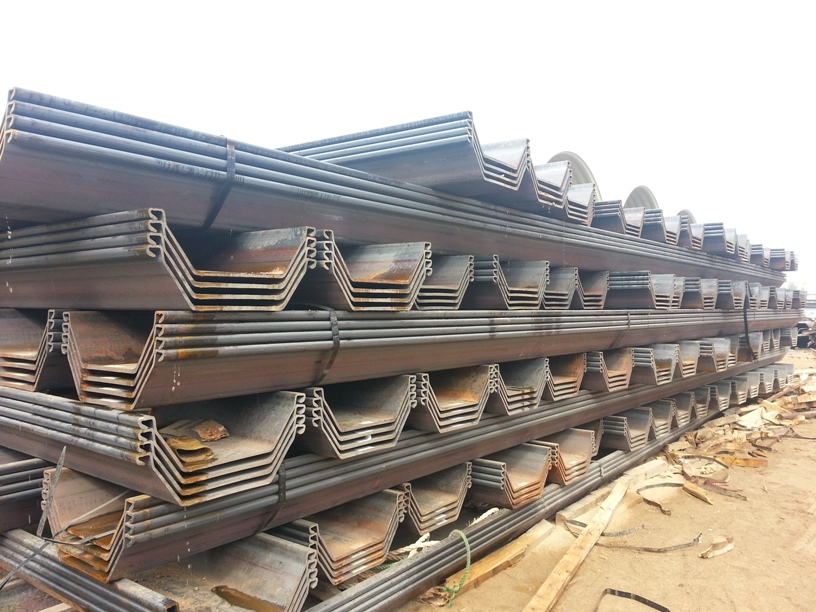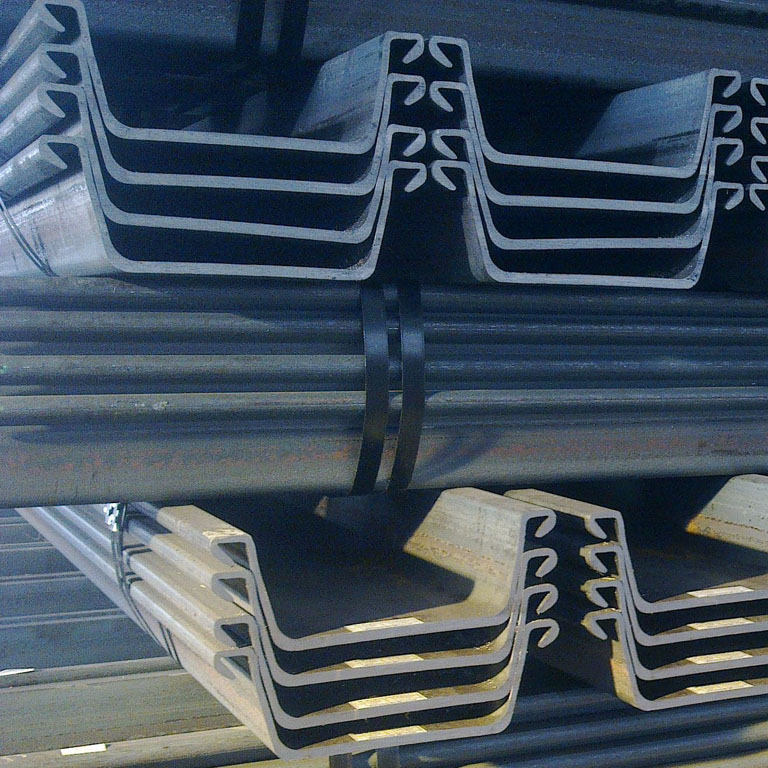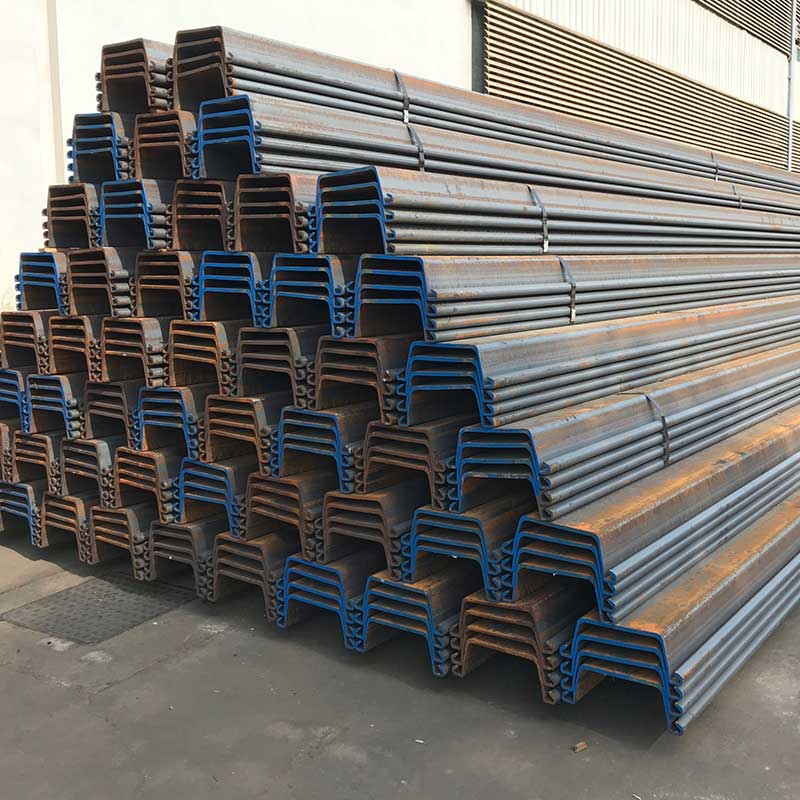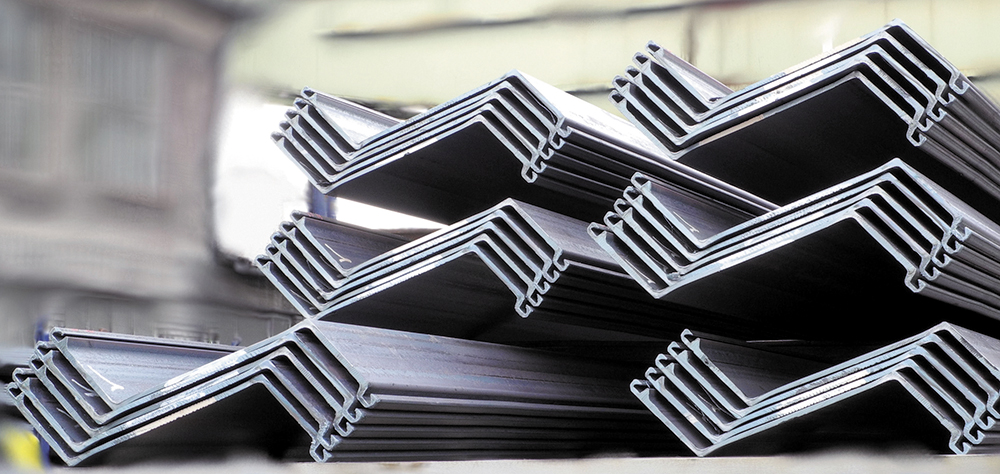JIS 5528 is a Japanese Industrial Standard that specifically addresses steel sheet piles. Within this standard, there are three commonly used steel grades for sheet piles: SY295, SY390, and SYW295. These steel grades have distinct properties that make them suitable for various construction applications. Let’s explore the characteristics and advantages of each steel grade in more detail.
Installation and Interlocks
The standard also addresses the installation and interlock systems of steel sheet piles, ensuring proper alignment and stability. JIS 5528 provides guidance on interlock design, strength, and flexibility to facilitate the installation process and maintain the integrity of the sheet pile wall.
SY295 Steel Sheet Piles
SY295 is a hot-rolled steel grade specified in JIS 5528. It is primarily used for temporary earth-retaining structures and cofferdams. SY295 steel sheet piles offer the following key features:
- High Strength: SY295 has a minimum yield strength of 295 MPa, providing excellent load-bearing capacity. This makes it suitable for applications where higher structural strength is required.
- Good Interlock Performance: SY295 sheet piles have interlocks that ensure proper alignment and stability during installation. The interlocks are designed to securely connect adjacent piles, forming a continuous wall.
- Cost-Effective Solution: SY295 is a cost-effective option for temporary structures due to its favorable balance of strength and affordability. It offers a reliable solution while minimizing overall project costs.
SY390 Steel Sheet Piles
SY390 is another hot-rolled steel grade specified in JIS 5528. It is commonly used for permanent structures, such as foundation walls and waterfront structures. SY390 steel sheet piles offer the following advantages:
- Higher Strength: SY390 has a minimum yield strength of 390 MPa, making it suitable for applications where greater structural strength is necessary. It provides enhanced resistance to loads and soil pressures.
- Excellent Watertightness: SY390 sheet piles have improved interlock sealing properties, ensuring effective water sealing and preventing seepage through the interlocks. This feature is vital for applications involving water retention or submersion.
- Longevity and Durability: SY390 exhibits excellent corrosion resistance, allowing for long service life even in challenging environments such as marine or corrosive soil conditions. This helps to minimize maintenance requirements and ensure long-term stability.
SYW295 Steel Sheet Piles
SYW295 is a cold-formed steel grade specified in JIS 5528. It is typically used for temporary structures, such as excavation support and temporary retaining walls. SYW295 steel sheet piles offer the following advantages:
- Versatility and Flexibility: SYW295 features a wide range of available shapes and sizes, enabling flexibility in design and compatibility with various construction requirements. It can adapt to different soil conditions and project specifications.
- Easy Installation: Due to their cold-formed nature, SYW295 sheet piles are lightweight and easy to handle during installation. This facilitates efficient construction processes and reduces labor and equipment costs.
- Cost-Effective Temporary Solution: SYW295 provides an economical option for temporary applications where a reliable and efficient earth-retaining structure is required. It offers a balance between performance and affordability.
In conclusion, JIS 5528 specifies several steel grades for sheet piles, including SY295, SY390, and SYW295. Each steel grade has specific properties that make it suitable for different construction scenarios. SY295 is commonly used for temporary structures, SY390 for permanent structures, and SYW295 for temporary applications requiring versatility. By selecting the appropriate steel grade based on project requirements, engineers and contractors can ensure the desired strength, durability, and cost-effectiveness of their steel sheet pile installations.
There are three forms or shapes of steel sheet piles: Z-shaped, U-shaped and Straight Web Sections.Z-shaped sheet piles are considered to be the most efficient of the shapes. They are used for intermediate and deep wall construction and commonly for tied back and cantilever retaining walls. U-shaped profiles are used for similar applications, but their resistance to bending is lower than Z-shaped piles.
We sell and rent three different hot-rolled, "Z" type sheet piling products, flat piling and combination systems to ensure that we can match the needs of your application.The Z shape of each section lends to its structural strength which is determined not only by the size, but also by the thickness of the steel. Of course, the soil conditions in which the section is driven will also affect the performance of the foundation or wall.
Hot Rolled Sheet Piles are formed by profiling the steel with high temperatures as the rolling process occurs. Typically, hot rolled sheet piles are produced to BS EN 10248 Part 1 & 2. Greater thicknesses are achievable than cold rolled sheet piles. The interlocking clutch tends to be tighter as well.
Like other steel piling shapes, sheet piling is driven into the ground to provide stability and support for a range of construction applications. As its name suggests, these are steel sheets that form a support wall, rather than the round or H-shaped cross sections of other piling shapes. Sheet piling has both temporary and permanent uses, usually as retaining walls for excavation, underground structures, or seawalls.
U-type Steel Sheet Pile U-type profile interlocked on both sides to form a continuous wall with centerline in the middle of a double U section wall.
Z-shaped steel sheet piles are produced in a zigzag form and are typically driven in crimped or welded doubles. These piles offer a unique set of benefits, particularly for port construction and deep foundations where their higher modulus and use as intermediate piles in tubular & HZ combination walls is advantageous. Advantages of Z-Shaped Steel Sheet Piles Flexible Design and High Section Modulus: Z-shaped steel sheet piles offer a high section modulus and mass ratio, allowing for flexible design according to the project's needs. Higher Moment of Inertia: The higher moment of inertia increases the stiffness of the sheet pile wall and reduces displacement deformation. Large Width: The large width of these piles saves time during lifting and piling. Corrosion Resistance: Parts of the sheet pile that are prone to serious corrosion undergo thickening treatment, enhancing corrosion resistance. Lighter Weight: The weight per square meter of a Z sheet pile is always less than that of a U sheet pile for a similar section modulus, making it a more efficient choice. Use as Infill Pile: Z-shaped sheet piles can be used as infill piles together with steel pipes and H-beams. They are typically used to achieve a very high modulus.

